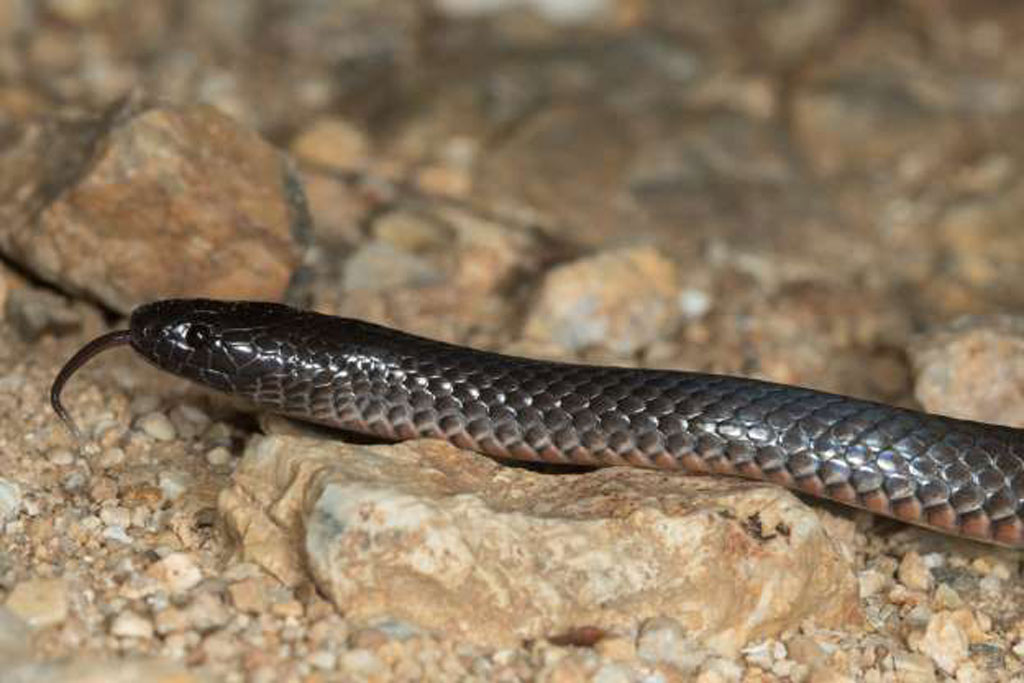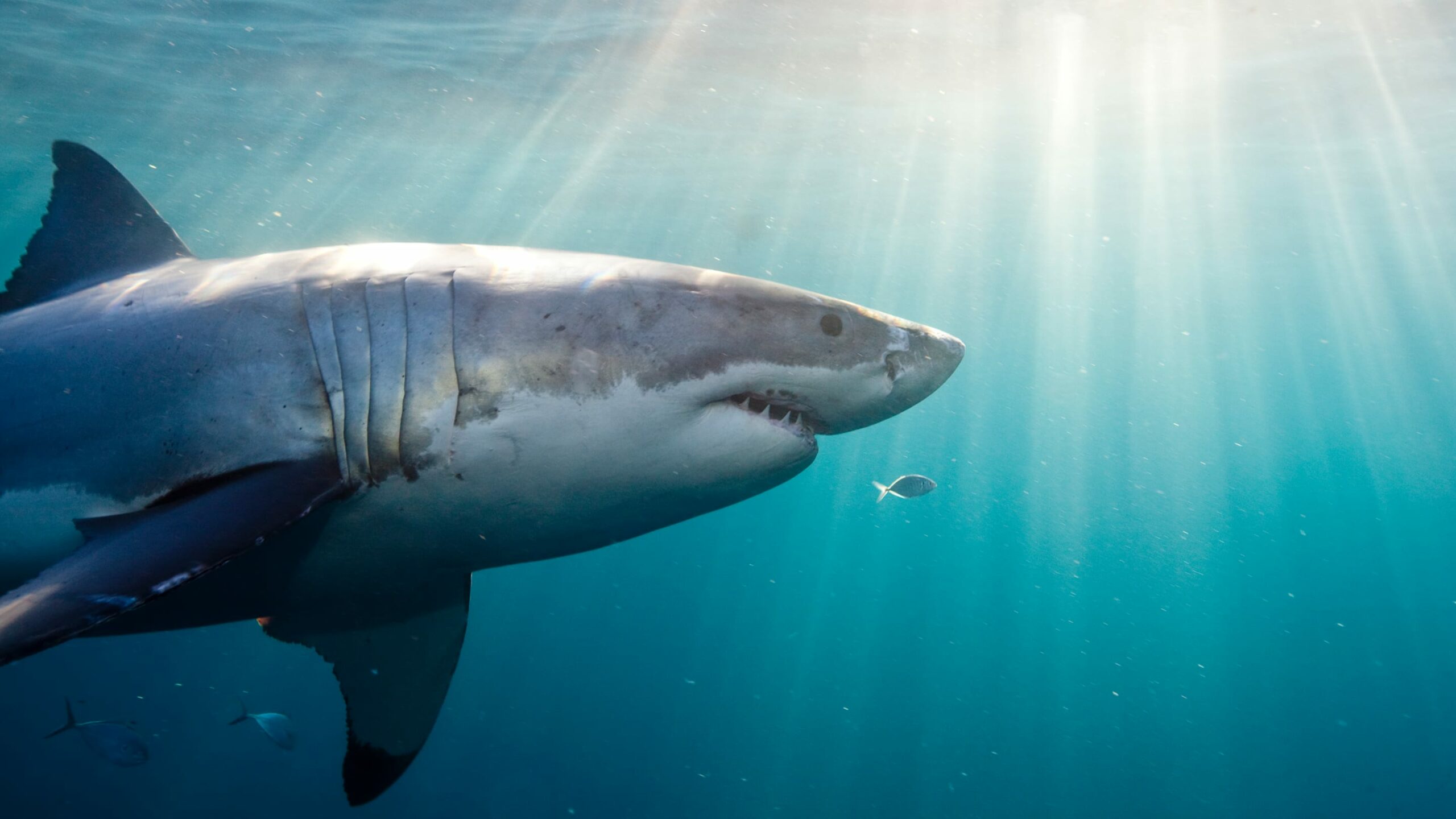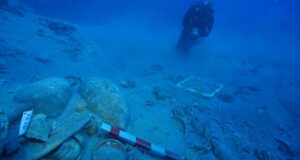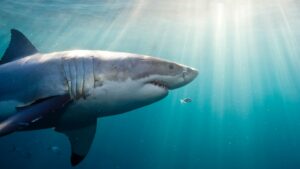“Unveiling Nature’s Most Lethal Predators: Are You Brave Enough to Discover the Earth’s Deadliest Snakes?”
These snakes use caudal luring, a technique where they lure prey with their differently-colored tail tips. Their venom is extremely toxic and Bothrops Aspers feed on a variety of prey, from tiny lizards up to opossums.
Forest Cobras Are Related To The Indian Variety

Although the Forest Cobra is not as dangerous as its Indian counterpart, a bite from one will still send a human to the emergency room with life-threatening levels of venom. This is one of the largest cobra species and can grow to a total length of up to 10 feet.
They prefer African savanna and forest habitats but can live in a variety of environments and can even swim! When cornered, a forest cobra will hiss and spread its hood, just like Indian cobras.
Dubois’ Sea Snakes Live In Reefs

Dubois’ Sea Snake, also known as a Reef Shallows Sea Snake, is another deadly serpent that dwells in the sea. Out of all the snakes on earth, this is one you definitely want to avoid — it’s in the top three most venomous snakes in the world! Despite their venom’s potency, a Dubois’ Sea Snake doesn’t deliver a ton of it when biting,
They live underwater in reefs, at depths up to nearly 300 feet, and feed on eels and other types of seafloor fish.
Western Browns Are Really Fast

Don’t let the plain Jane name “Western Brown” fool you. These Australian natives are super speedy and highly venomous. Their other name is “Gwardar” which is an Aboriginal word meaning “go the long way around” — sounds like a serious warning to avoid these guys!













